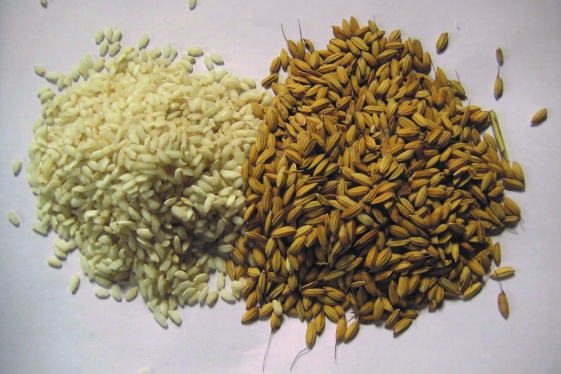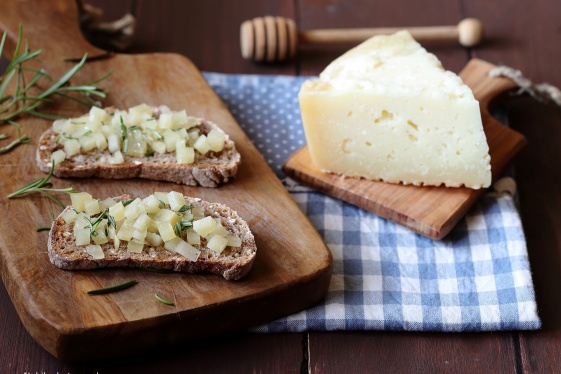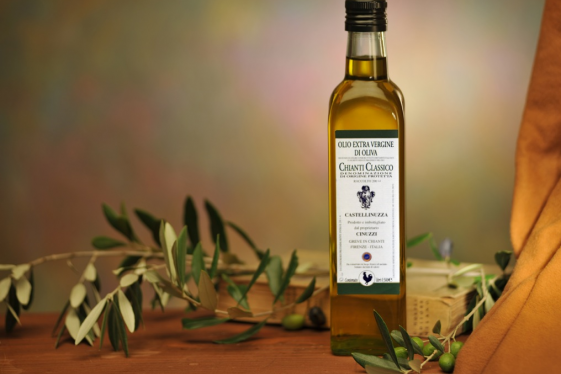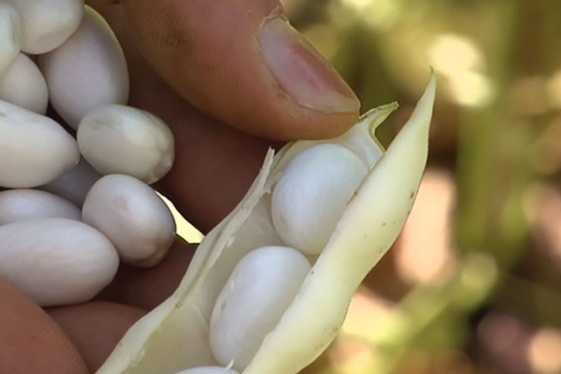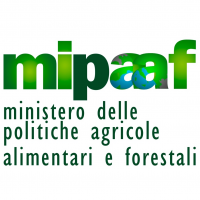
MIPAAF
The Ministry of Agriculture and Forestry (Ministero delle Politiche Agricole Alimentari e Forestali – MIPAAF) develops and coordinates the lines of agricultural, forestry, agri-food and fisheries at the national, European and international level. http://www.politicheagricole.it/
Italian flavors: Vulture Oil
Native to Asia Minor, the legendary olive tree spread to Italy through the Greek colonisers. Later, the Romans promoted the cultivation of these valuable and versatile fruits in every land they conquered, perfecting the tools for pressing oils and the techniques for storing the oil. The evidence of the presence of olive cultivation in Vulture is...
Italian flavors: Baraggia Biellese and Vercellese Rice
Riso di Baraggia Biellese e Vercellese has almost mythical origins. Not much is clear, but what is certain is that rice arrived in La Baraggia, and the Vercelli area and Italy more generally, in successive waves. Traces of rice cultivation can be found since the 8-9th century after Christ. Shepherds migrating from the low to the high plains carrie...
Italian flavors: Genoa Basil
Ocymum basilicum, an annual herb of the Labiatae family, has been cultivated since ancient times. It was once used mainly as an ornamental plant, and occasionally for medicinal purposes. The Latin term “basilicum” is a translation of the Greek “òkimon basileus”, or “royal herb”; the ancient Greeks cultivated it in ornamental vases, but did not use...
Italian flavors: Sardinian Pecorino
The first historical information on the techniques for producing Sardinian cheeses comes from the end of the eighteenth century. The cheeses made at that time were referred to as bianchi (whites), rossi fini (fine reds), affumicati (smoked), fresa and spiatatu. Rosso fino and affumicato could be considered the ancestors of Pecorino Sardo DOP.
Italian flavors: Chianti Oil
The PDO extra virgin olive oil is the result of careful experimentation and assessment, requiring great commitment and technical precision to achieve its excellence. Its age-old tradition began in the 14th century AD, and olive growing began to spread starting from this era, both for religious (Catholic rituals and ceremonies) and nutritional re...
Italian flavors: Borgotaro Mushroom
In the area of Valtaro and Valmagra, mushroom picking is a custom that has been passed on for many centuries. Borgo Val di Taro and its valleys became famous all over the world for their porcino mushroom in the late nineteenth century, when many emigrants took this product with them and word spread on the other side of the Atlantic.
Italian flavors: Piave Cheese
Since ancient times, the mountains of Belluno have provided an ideal natural setting for breeding dairy cattle and for dairy production. The first cooperative dairy in the Kingdom of Italy was established in Canale d’Agordo in 1872.The idea of grouping small local farmers to process their milk in a single cheese dairy, thereby reducing production c...
Italian flavors: Modena Ham
From the historical perspective, it is reasonable to assume that the production of prosciutto in the typical area identified in the product specifications has roots that go back as far as the Bronze Age. Thanks to the fertility of the land destined to be used for the first agricultural practices for the prehistoric cultivation of cereals and the la...
Italian flavors: Alto Adige Apple
The alpine apples of South Tyrol have been sustaining the local economy for hundreds of years and are an important part of the area’s tradition and culture. For many centuries, apple trees were planted around farmsteads and the apples were eaten by rural families.
Italian flavors: Brisighella Oil
The history of oil in Brisighella has ancient roots, and the rudimentary family oil mill discovered in the excavations at Pieve del Thò dates back to the first century A.D. In 1594, Andrea Giovanni Callegari, Bishop of Bertinoro, stated the following in reference to the Lamone Valley: “The air, the water, the wines, oils and fruits are so good and...
Italian flavors: Ricotta Romana
The first historical references to the Roman ricotta cheese date from the description of cheese-making techniques provided in “De re rustica” by the Roman agronomist Columella in the 1st century BC. In those times, sheep's milk had three uses: the first religious, the second alimentary, as a food or drink, and the third to make both fresh and aged...
Italian flavors: Rotonda White Beans
Always present in the rural tradition of the Mercure Valley, white beans have played a major role in the agricultural history of the local populations. An 1852 publication by the Kingdom of the Two Sicilies speaks of the cultivation in the area of “graminaceous, leguminous and filierous plants” and specifically mentions the "bean, and this is sever...




